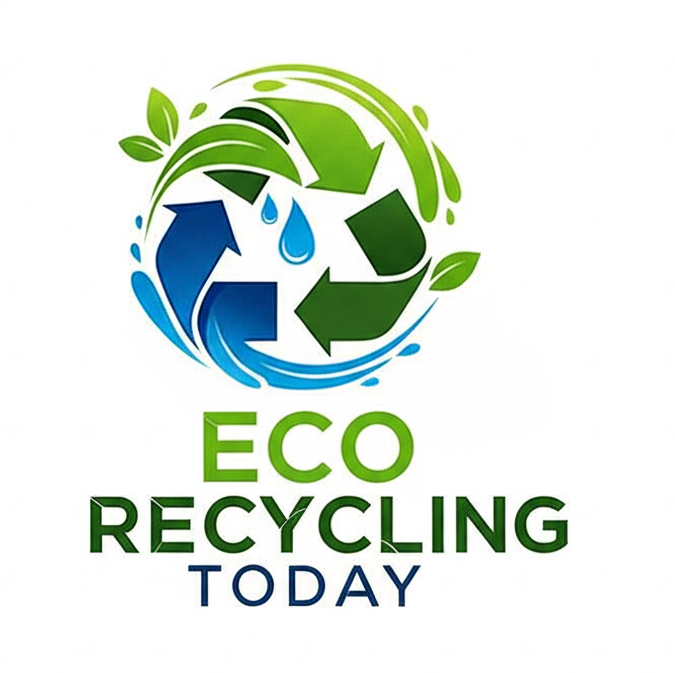Think plastic bags belong in your recycling bin? Think again. Despite being made of plastic, these slippery culprits can ruin entire recycling batches and jam machinery—costing cities millions each year. Here’s how to recycle them the right way—and avoid the most common mistakes.
Why Most Plastic Bags Aren’t Curbside Recyclable
Over 380 billion plastic bags and wraps are used in the U.S. annually, according to the EPA. Yet, less than 5% are properly recycled.
Most plastic bags are made from #2 (HDPE) or #4 (LDPE) plastic, which are recyclable—but not through your curbside bin. They tangle machinery in recycling facilities, cause costly shutdowns, and contaminate other materials like paper and cardboard. One jammed bag can cause a 30-minute delay in a recycling facility, costing up to $1,000/hour in lost productivity.
What Kinds of Plastic Bags Can Be Recycled?
Here's a quick checklist:
| Recycle at Drop-Off | Trash Only |
|---|---|
| Grocery store bags | Chip bags & snack wrappers |
| Bread bags (clean & dry) | Food-soiled bags |
| Produce bags (no stickers) | Biodegradable plastic |
| Plastic shipping pillows (deflated) | Shiny or metallic bags |
| Dry cleaning film | Pre-washed salad packaging |
Pro tip: If the plastic stretches when you pull it, it likely qualifies for store drop-off.
Where to Recycle Plastic Bags Near You
Most major retailers offer plastic film recycling bins, usually near store entrances. Top places to try:
- Walmart
- Target
- Kroger
- Whole Foods
- Lowe’s & Home Depot
“There are over 18,000 drop-off locations across the U.S. that accept plastic film.” – American Chemistry Council
Plastic Bag Recycling Machine
A plastic film recycling line that processes plastic bags into reusable plastic pellets. The process typically includes:
- Shredding the plastic film
- Washing and drying the material
- Melting the clean plastic
- Pelletizing into small plastic grains for reuse
What Happens to Recycled Plastic Bags?
Properly recycled plastic bags don’t become more waste—they get repurposed into:
- Composite lumber (e.g., Trex decking)
- Trash liners and shipping envelopes
- New plastic bags and product packaging
Trex alone repurposes over 400 million pounds of plastic film per year into eco-friendly decking materials.
Common Mistakes to Avoid
- Throwing bags into your blue bin
- Recycling dirty or wet plastic (this contaminates batches)
- Bundling bags together (leave them loose in drop-off bins)
- Leaving receipts or stickers on the bag
Reduce & Reuse Before Recycling
While recycling helps, reuse is even better. Try:
- Using bags as trash liners
- Packing lunch or wet clothes for travel
- Donating clean bags to local charities or thrift shops
- Reusing for pet waste disposal
Quick Stats on Plastic Bag Waste
| Statistic | Value |
|---|---|
| Annual plastic bag use (U.S.) | ~380 billion bags |
| Recycled properly | <5% |
| Avg lifespan of a plastic bag | 12 minutes |
| Time to decompose in landfill | Up to 1,000 years |
| Cost of facility shutdown due to jamming | ~$1,000/hour |
FAQ: Plastic Bag Recycling
Q1: Can I put plastic bags in the recycling bin at home?
A: No. Most cities prohibit soft plastic in curbside recycling due to sorting issues.
Q2: Are biodegradable or compostable bags recyclable?
A: No. These break down differently and cannot be recycled with conventional plastics.
Q3: What if my local store doesn’t have a drop-off bin?
A: Try another store, or check Earth911.com for nearby options.
Q4: Can I recycle bubble mailers or padded envelopes?
A: Only if the exterior is plastic and they’re completely clean and label-free. If it’s mixed material (paper/plastic), it goes in the trash.
Q5: What happens if I accidentally throw plastic bags in the blue bin?
A: They may get pulled during sorting—but often, they jam machines or contaminate paper streams, increasing waste.
Plastic bags are everywhere—but recycling them requires a bit of extra effort. By avoiding the curbside bin and using dedicated drop-off locations, you’ll help reduce contamination, protect equipment, and give plastic film a second life.
